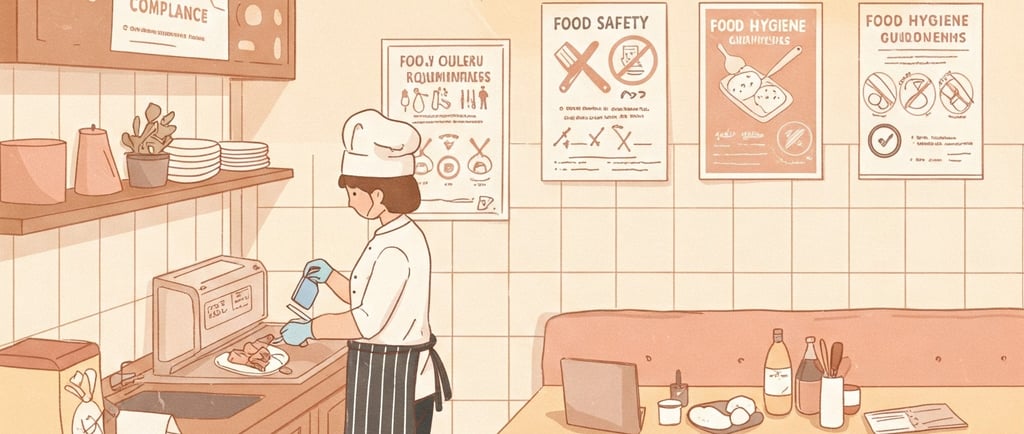Authorities compliance requirements for food business globally
Navigating the complex landscape of global food business compliance is essential for companies aiming to operate internationally. Regulatory requirements vary across regions and countries, encompassing areas such as food safety, labeling, environmental impact, and ethical sourcing. Understanding and adhering to these regulations not only ensures legal compliance but also fosters consumer trust and opens access to global markets.
Key Regulatory Frameworks and Standards
Codex Alimentarius: Established by the Food and Agriculture Organization (FAO) and the World Health Organization (WHO), Codex Alimentarius provides international food standards, guidelines, and codes of practice. It covers all foods, including processed, semi-processed, and raw, addressing aspects like food labeling, hygiene, additives, and pesticide residues.
ISO 22000: This international standard specifies the requirements for a food safety management system. It aims to ensure that food businesses can control food safety hazards and provide safe food to consumers, enhancing customer confidence and facilitating regulatory compliance.
Hazard Analysis and Critical Control Points (HACCP): HACCP is a systematic approach to identifying, evaluating, and controlling food safety hazards. Its principles are the foundation of many international food safety policies and regulations, focusing on preventing contamination rather than relying solely on end-product testing.
Global Food Safety Initiative (GFSI): GFSI benchmarks existing food safety certification programs to ensure they meet international standards. It provides a platform for collaboration among food safety experts, aiming to enhance consumer confidence in the delivery of safe food worldwide.
GLOBALG.A.P.: This standard focuses on Good Agricultural Practices, covering aspects like food safety, environmental sustainability, and worker welfare. It offers certification for producers, ensuring that agricultural products meet international quality and safety standards.
Recent Regulatory Developments
European Union Deforestation Regulation (EUDR): The EU has introduced regulations requiring companies to ensure that products imported into the EU do not contribute to deforestation. This law affects commodities like coffee, cocoa, beef, palm oil, and soy, necessitating rigorous supply chain tracing and compliance measures.
Divergent Additive Regulations: There is a notable difference in the approval of food additives between regions. For example, certain additives banned in Europe, such as titanium dioxide, are still permitted in the United States, highlighting the importance of understanding regional regulatory landscapes.
Best Practices for Ensuring Compliance
Stay Informed: Regularly monitor updates from international and regional regulatory bodies to remain compliant with evolving standards.
Implement Robust Food Safety Management Systems: Adopt internationally recognized systems like HACCP or ISO 22000 to identify and control potential hazards in the food production process.
Engage in Third-Party Audits and Certifications: Obtain certifications from accredited bodies to demonstrate compliance and commitment to food safety and quality.
Ensure Transparent Supply Chain Practices: Maintain clear and verifiable records of sourcing and production to comply with regulations like the EUDR.
Train and Educate Staff: Provide regular training on food safety standards and compliance requirements to all employees involved in the food production process.
Conclusion
Global food business compliance is a multifaceted endeavor that requires vigilance, adaptability, and a thorough understanding of various regulatory frameworks. By embracing internationally recognized standards and staying abreast of regulatory changes, food businesses can ensure the safety and quality of their products, thereby building consumer trust and securing a competitive edge in the global market.


